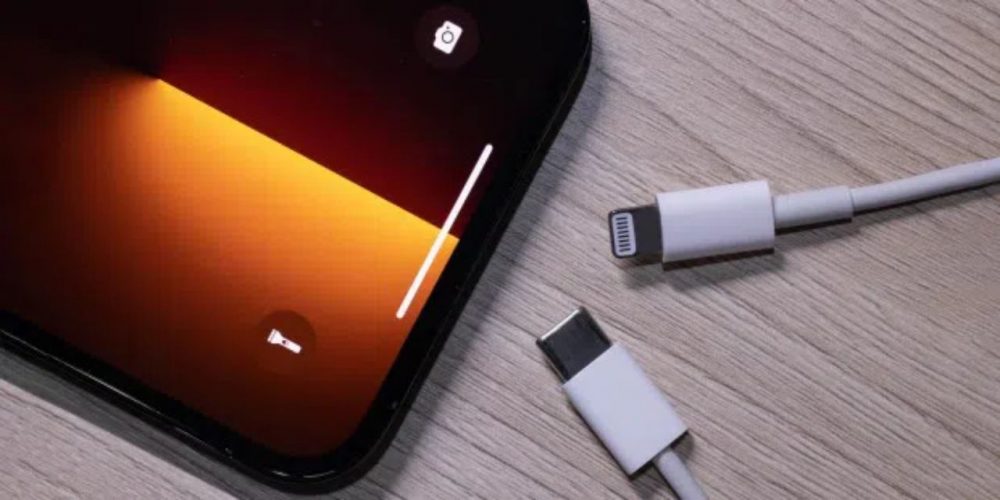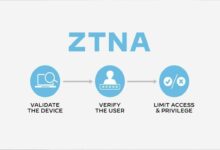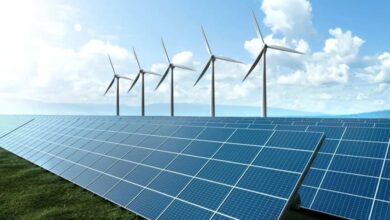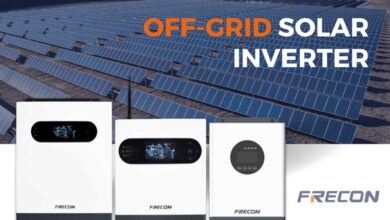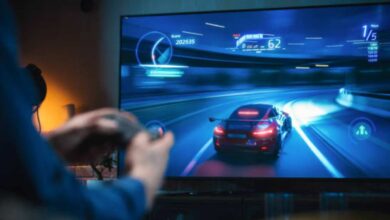Why quick charging on the iPhone 14 is still slow
The iPhone 14 should charge faster than before. Only that's still too slow - here you will find out all the details.
As recently known, the iPhone 14 should charge up to 30 watts “super fast”. Compared to the previous models, this may be progress-albeit a small one. Compared to many Android cell phones, the new iPhone can pack. An iPhone 13 takes almost 90 minutes to be fully charged. A current OnePlus 10T has a 100 percent battery charge in less than 20 minutes.
While the Chinese brands such as Xiaomi, Oppo (and thus also OnePlus) are having a good time on the market and protruding with wattage, Apple’s handling of charging technology or a high loading speed is rather conservative. Doesn’t Apple stand out? Or can’t Apple at all?
All manufacturers of current Android cell phones rely on a USB-C connection and various quick charge protocols. Oppo’s own VOOC standard, for example, enables 150 watts, for example, at the OnePlus 10T (both brands belong to a group). In addition, Oppo even provides the prospect of 240 watts with VOOC, a cell phone with a 4500 mAh battery would then be full in 9 minutes.
The OnePlus 10T currently loads from 1 to 100 percent in 19 minutes. It is a problem if you load a smartphone that does not support the corresponding charging standard, as it even loads it much more slowly than it would be possible with the power supply. However, there are standards such as Power Delivery or Quick Charge that are very common and supported by many manufacturers.
Is Lightning the problem?
Overall, USB-C, with its quick-loading protocols, enables higher charging speeds than Lightning with the same tension. USB-C supports higher current strengths. It is also interesting that a standard lightning cable does not support fast charging. That is why there is also the USB-C-Auf-Lightning cable for newer iPhones that allows higher charging speeds.
As usual, the iPhone 14 (why is it worthwhile will also come with a Lightning connection, but now supports 30 watts. Now it is the case that the EU has agreed to set USB-C as the standard for wired shops. By autumn 2024, countless devices are to be equipped with a universal USB-C connection.
Apple claims that such a step would slow down innovation. But if you take a look at the differences between Lightning and USB-C (or, strictly speaking, the associated connection standards), it becomes clear that USB-C has recently overtaken Apple’s proprietary technology.
However, you are not averse to Apple compared to USB-C anyway, because the company has been installing the connection in its MacBooks for a long time and adds current devices such as the iPad to a USB-C charger, but in combination with a Lightning USB-C cable.
With the iPhone 15, Apple could already rely on USB-C. This could also charge the cell phone much faster – if Apple allows this. Apple could also take its radical path and completely abolish the connection, because the requirements for this are all available.
For more on what’s coming next, you can explore our detailed coverage of the Apple New Launch, which dives into upcoming features, design changes, and charging innovations. If you’re curious about Apple’s latest approach to slimmer devices, don’t miss our detailed iPhone 17 Air vs Pro thickness comparison, which highlights how far Apple is pushing design limits.
With wireless shops, in particular, there is also great progress outside the Apple cosmos. For example, you can also load the Honor Magic 4 Pro (at Amazon) wirelessly with a whopping 100 watts – much faster than Apple can currently wire it on the iPhone.
Is quick charging harmful to the battery?
One of the other users will now ask the question of how that can be. With such a difference, there has to be a catch – is quick charging even harmful to the battery? We get to the bottom of this question in our detailed guide. In short, so far, everything has indicated that quick charging does not accelerate the normal wear of a battery. But it is also a fact that quick charging generates more heat from the higher wattage numbers, from which the phone must be protected.
To do this, the manufacturers use various measures, be it through optimized power supplies, parallel charging of two battery cells (instead of only one), or smart hardware and sensors for regulating temperature fluctuations.
Although Apple does not offer “real” quick charging with its iPhones, as they know it from the competition, the company only promises 500 charging cycles, according to which the iPhone still has a battery capacity of 80 percent. OnePlus, with its 150 watts, states that the OnePlus 10T battery still has 80 percent of its initial capacity after 1600 charging cycles. This corresponds to a daily charge over a period of 4 years.
